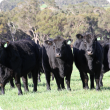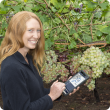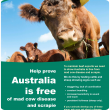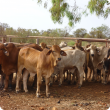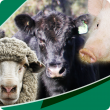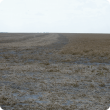Filter by regions:
- Great Southern (381) Apply Great Southern filter
- South West (373) Apply South West filter
- Mid West (350) Apply Mid West filter
- Wheatbelt (335) Apply Wheatbelt filter
- Peel (317) Apply Peel filter
- Perth regions (295) Apply Perth regions filter
- Goldfields-Esperance (285) Apply Goldfields-Esperance filter
- Gascoyne (220) Apply Gascoyne filter
- Kimberley (181) Apply Kimberley filter
- Pilbara (177) Apply Pilbara filter

